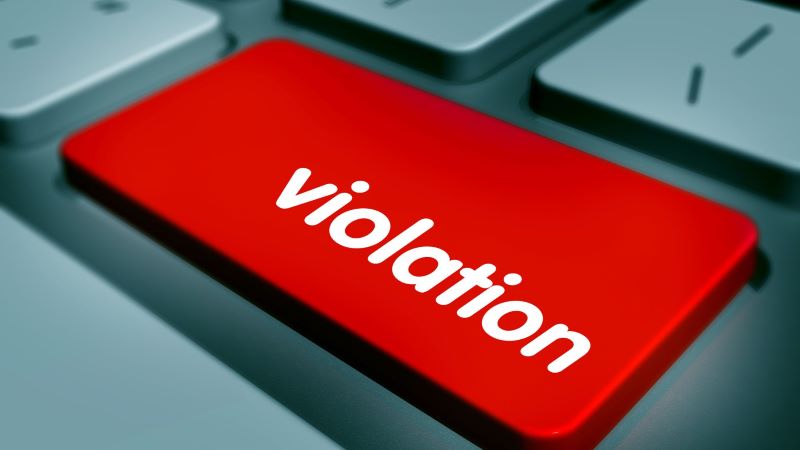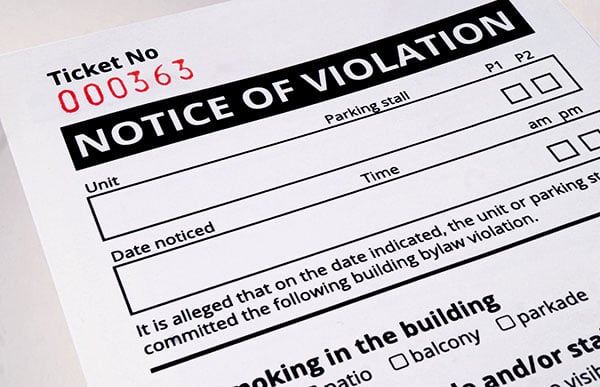Although this is usually one of the worst parts of being on an HOA or Condo Board, the association does sometimes have to enforce the rules.
The main aim of an HOA violation letter is to report the issue and request a solution, not start a fight or make someone feel bad.
Although specific requirements vary by state there are some details that are usually best to include as outlined below.
Components of the HOA Violation Letter
The Heading
This will include the association’s mailing address and the date. Leave a line between each of these components for ease of reading.
Be sure to include the property address of the violation (which may be different than the mailing address for the owner or they may own multiple properties). Leaving this information out is a common mistake that can make it quite confusing for the receiving individual.
An Introduction
Although often not legally required, it is important to explain why the association is writing. This is a great opportunity to explain that everyone makes mistakes sometimes, this information might be new to them, etc.
You can also explain where they can find the governing documents online that have all of the rules and expectations they will need to follow.
This is your opportunity to make the letter friendlier, so they want to comply and understand why it is important.
Complaint Specifics
This section explains the problem and how many times the issue has occurred. Be as specific as possible about details like addresses, dates, and times of troubleshooting efforts.
In this paragraph, indicate the nature of your complaint. Be clear about the problem, with as much detail as possible.
For example, if there are tall weeds on the left side of the house, maybe they missed a large area when mowing, don’t say “weeds”, be specific. Include the problem, the location, and what is wrong with it.
Ideally, include the provision of the governing documents that the problem is violating. Some states require this but it is always a good idea.
Request for Action
Here the association needs to specify what must be done to resolve the complaint.
For example, if the grass were too tall, the association should request that they mow, edge, and weed the front yard regularly. Specificity is key here, what will it take to no longer be in violation?
Follow up
Most homeowners will get a violation notice and immediately correct the issue. They either didn’t know it was an issue, were out of town, or didn’t know that was a violation of the deed restrictions.
However, there will be a few that don’t resolve it for some reason. In that case, you will need to follow up.
Typically there is a step-by-step process in your state laws and/or the community’s governing documents.
You will need to be sure that you follow those steps and notice requirements to the letter, otherwise, your letter may not be legally enforceable.
Use software such as Ciranet to easily track each letter and meet all your community’s required notice requirements and steps.
Final Thoughts
No one ever wants to have to write a violation letter, but understanding how to write one is important for board members. Hopefully with the tips we've shared, the process will be much easier for your association.





